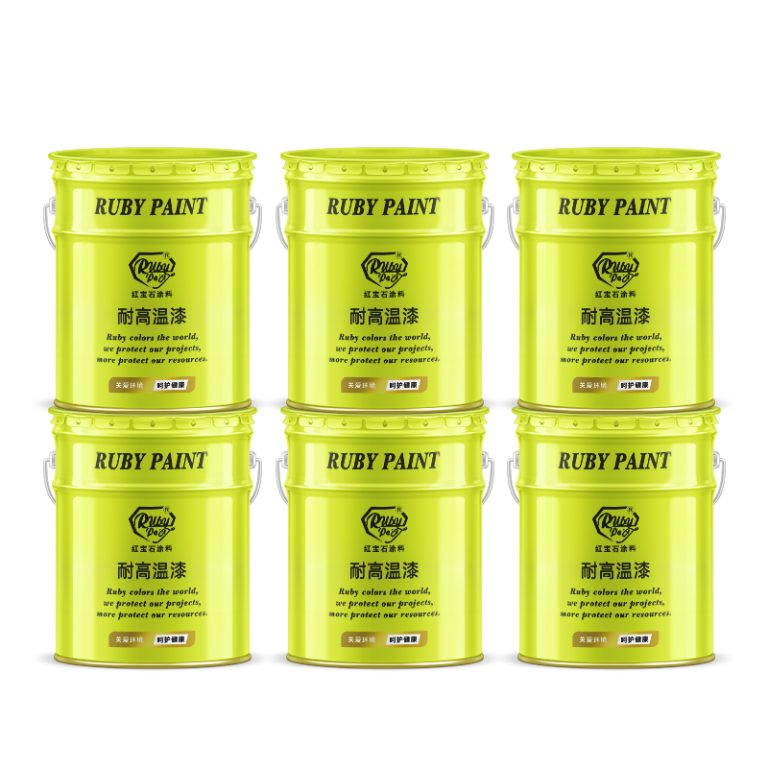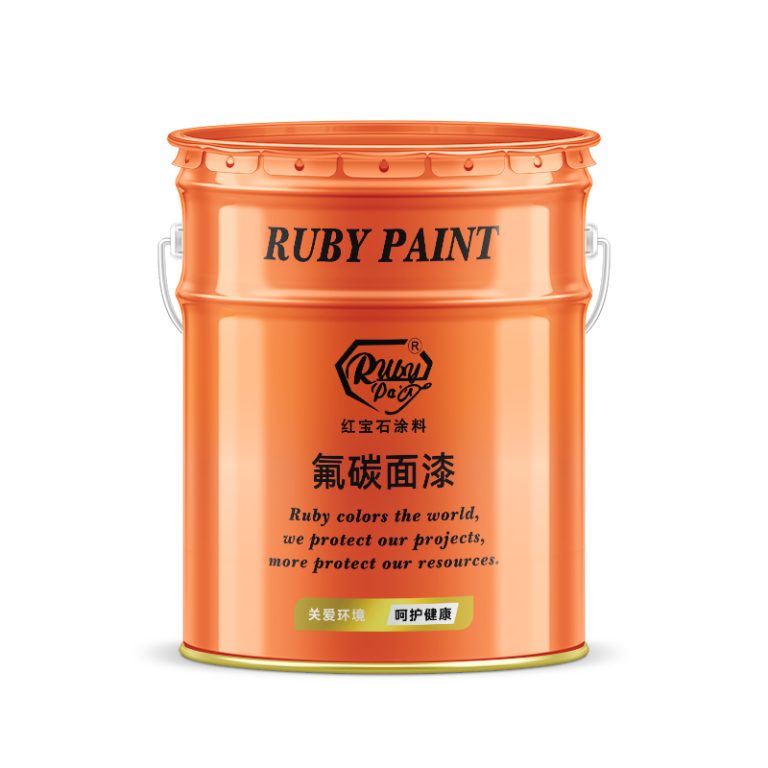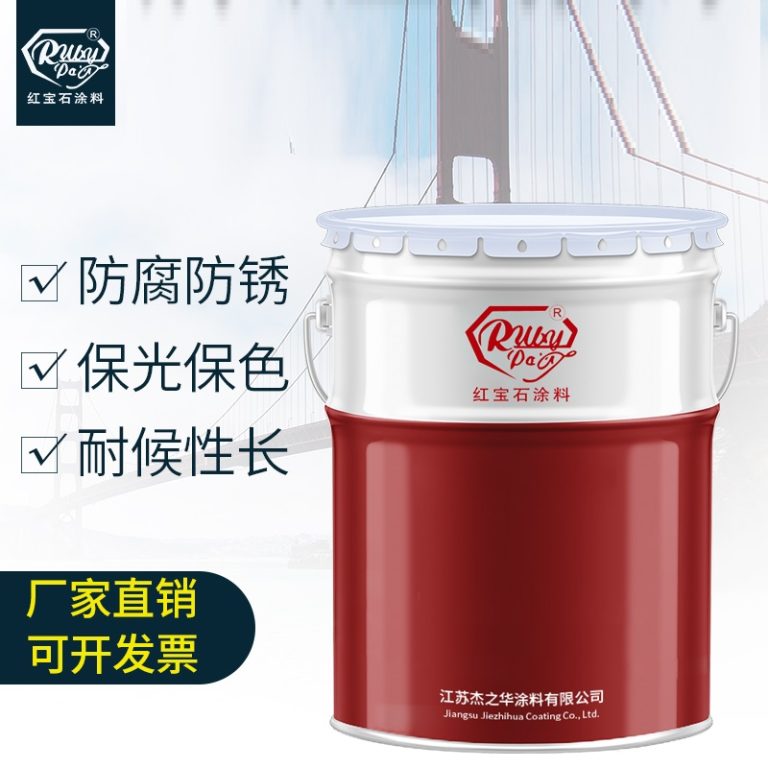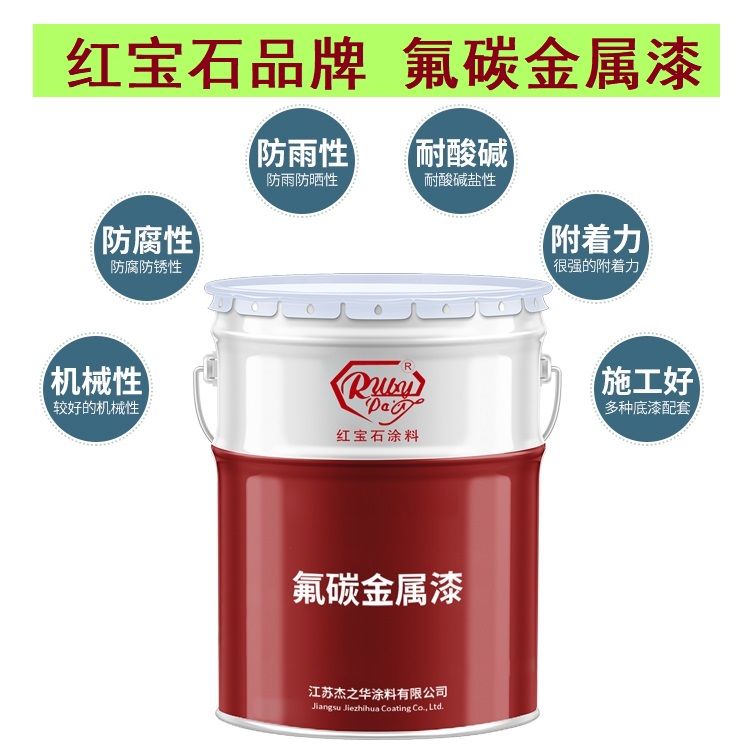Table of Contents
Benefits Of Using Tintable Heat Resistant Paint For Industrial Applications
Tintable heat resistant paint is an innovative solution that offers numerous benefits for industrial applications. This type of paint is specifically formulated to withstand extreme temperatures, making it ideal for use in environments where heat exposure is a common concern. By incorporating tintable options, industries can now customize the color of their heat resistant coatings to meet specific aesthetic or safety requirements, adding both functionality and visual appeal to their operations.
One of the primary advantages of using tintable heat resistant paint is its ability to maintain its integrity and performance under high temperatures. Traditional paints tend to degrade, discolor, or lose their adhesion when exposed to heat, leading to frequent maintenance and reapplication costs. Heat resistant paint, on the other hand, is designed to endure temperatures that can reach up to 1200 degrees Fahrenheit, depending on the formulation. This durability ensures that the coating remains effective in protecting surfaces from heat-related damage, such as warping, corrosion, or weakening of the material.
Furthermore, the customizable aspect of tintable heat resistant paint allows industries to adhere to specific color codes that may be required for safety or operational purposes. For example, certain colors can be used to denote hazardous areas, pipe contents, or temperature zones within a facility. This not only enhances the visual organization of industrial spaces but also improves safety by providing clear and immediate visual cues to workers, reducing the risk of accidents and improving overall efficiency.

In addition to its protective qualities and customizable colors, tintable heat resistant paint also offers excellent resistance to other environmental factors. This includes protection against UV radiation, moisture, and chemical exposure, which are common in industrial settings. By forming a robust barrier on the surface, the paint prevents degradation caused by these elements, thereby extending the lifespan of the equipment and structures. This level of protection is crucial for industries looking to minimize downtime and maintenance costs while ensuring the longevity of their assets.
| No. | Name |
| 1 | Industrial paint |
Another significant benefit of using tintable heat resistant paint is its contribution to energy efficiency. By reflecting heat away from coated surfaces, this type of paint helps in maintaining cooler temperatures within industrial facilities. This can be particularly advantageous in reducing the load on cooling systems, leading to lower energy consumption and cost savings. Additionally, cooler working environments contribute to better working conditions, which can enhance worker productivity and satisfaction.
Lastly, the application of tintable heat resistant paint is relatively straightforward and can be performed with standard painting equipment. This ease of application means that industries do not need to invest in specialized tools or undergo extensive training to use this product. Moreover, the quick-drying properties of the paint reduce downtime associated with the coating process, allowing for a swift return to normal operations.
In conclusion, tintable heat resistant paint offers a multitude of benefits for industrial applications. Its ability to withstand high temperatures, customizable color options, resistance to environmental factors, contribution to energy efficiency, and ease of application make it an invaluable asset for industries aiming to enhance both the functionality and aesthetics of their operations. By integrating this advanced coating solution, industries can achieve improved performance, safety, and cost-effectiveness in their processes.
How To Choose The Right Tintable Heat Resistant Paint For Your Home Renovation Project
When embarking on a home renovation project that involves high-temperature areas such as kitchens, fireplaces, or exterior surfaces exposed to the sun, choosing the right tintable heat resistant paint is crucial. This type of paint not only enhances the aesthetic appeal of your space but also provides a protective barrier against heat damage. To ensure you select the best product for your specific needs, it is important to consider several key factors.
Firstly, it is essential to understand the temperature resistance of the paint. Heat resistant paints are formulated to withstand varying degrees of heat, typically ranging from about 200°F to over 1000°F. Assess the maximum temperature that the painted surfaces are likely to encounter. For instance, areas near stoves, ovens, or fireplaces may require a paint with a higher temperature threshold compared to other parts of your home.
Secondly, the base of the paint plays a significant role in its performance and suitability for your project. Heat resistant paints are available in either water-based or oil-based formulations. Water-based paints are easier to apply, dry faster, and have lower levels of volatile organic compounds (VOCs), making them more environmentally friendly. On the other hand, oil-based paints generally offer better durability and resistance to high temperatures. Consider the specific conditions of your renovation area and choose the base that best suits your requirements.
Another important aspect to consider is the finish of the paint. Heat resistant paints come in various finishes such as matte, satin, and gloss. The choice of finish can affect both the appearance and the maintenance of the painted surfaces. Glossy finishes, for example, are more resistant to moisture and can be easier to clean, which might be beneficial in a kitchen environment. Matte finishes, however, can help conceal surface imperfections and provide a more subtle aesthetic. Evaluate the desired look and practical needs of your space to determine the most appropriate finish.
Color selection is also a critical factor when choosing tintable heat resistant paint. While the primary function of this paint is to provide heat resistance, it also needs to fit into the overall color scheme of your renovation project. Most heat resistant paints are available in a limited range of colors, but tintable options allow for greater flexibility. Check with the manufacturer or retailer to see what tinting services they offer and ensure that they can match the color you have in mind.
Lastly, it is important to consider the application process and the longevity of the paint. Some heat resistant paints may require specific primers or multiple coats for optimal performance. Additionally, consider how often the painted surfaces will need to be maintained or repainted. Opt for a high-quality paint that offers long-lasting protection and ease of maintenance to ensure that your renovation remains beautiful and functional for years to come.
| Serial Number | Article Name |
| 1 | Fluoracarbon paint |
In conclusion, choosing the right tintable heat resistant paint involves careful consideration of the temperature resistance, paint base, finish, color, and application process. By taking into account these factors, you can select a product that not only meets the practical demands of your renovation project but also enhances the overall aesthetic of your home.





